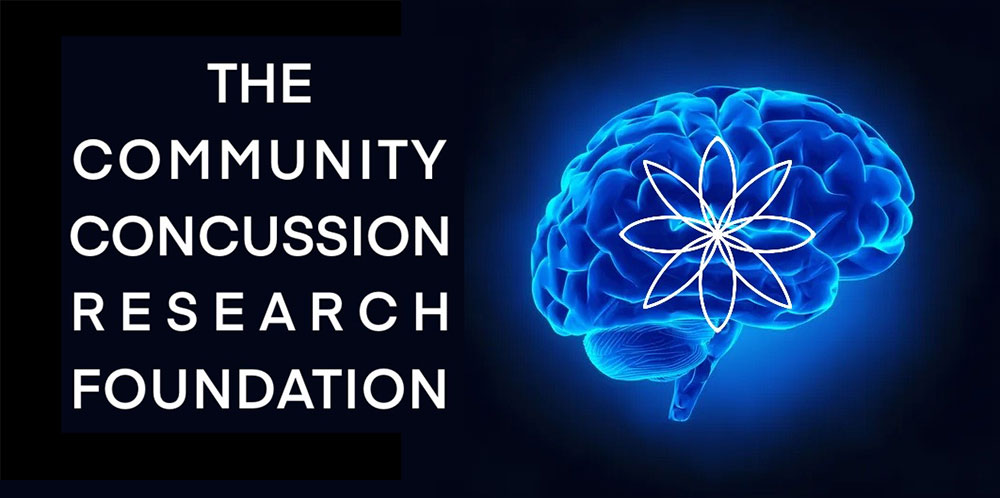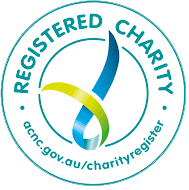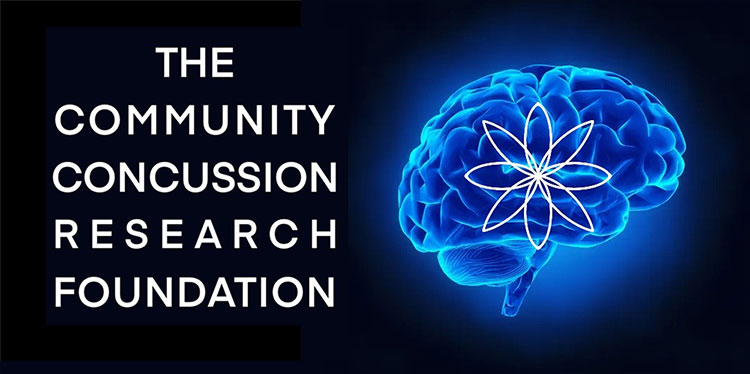Concussion
noun
- A violent jarring; a shock.
- An injury to an organ, especially the brain, produced by a violent blow and followed by a temporary or prolonged loss of function.
- The act of shaking or agitating, particularly by the stroke or impact of another body.
What is concussion?
A concussion occurs when the human brain hits the skull, even if the person’s head doesn’t collide with an object. Whiplash alone can generate a concussion. After all, it doesn’t take much to deform jelly. The force of the impact with the skull can cause the brain to twist or even rebound against the other side of the skull, stretching and damaging brain cells, causing bruising, broken blood vessels and/or nerve damage. ‘The result is chaos’, to quote John Leddy (Director, Concussion Management Clinic, University of Buffalo, USA).
A concussion is a temporary disturbance to brain function resulting from a direct, or sometimes indirect impact to the head that affects the brain, according to Alan Pearce, a neuroscientist at La Trobe University and the Australian Sports Brain Bank. “If you get an impact that strikes the head and then you get nauseous, confused, blurred vision, headaches or you lose your balance and you’re seeing stars — that’s generally a concussion. But no two people’s symptoms are ever the same. Loss of consciousness only occurs in about ten per cent of cases”. Dr Pearce has also found that, just because a football player’s concussion symptoms have cleared up, it doesn’t necessarily mean their brain has recovered from the impact. Lasting damage to the brain can occur if you don’t rest long enough afterwards to let the brain fully heal.
So they are potentially playing the following week and putting themselves in danger of another injury, because their brain isn’t recovered. Second Impact Syndrome (SIS) is an acute, sometimes fatal, brain swelling that occurs when a second concussion is sustained before a complete recovery is made from a previous concussion. Between 10% and 20% of adults who are diagnosed with concussion have symptoms that persist for more than three months, A single concussion does not usually cause permanent brain damage. A second concussion can be permanently disabling
There is another type of dangerous head impact that flies under the radar.
Subconcussions occur when the head is directly or indirectly impacted, but is not followed by symptoms of concussion — and they can be particularly dangerous long-term because people don’t realise they’ve happened. That means they don’t take necessary precautions after the impact, and may experience repeated subconcussions following the first.
Associate Professor Alan Pearce said when these less severe subconcussive head impacts happen repeatedly it may lead to long-term health issues. “Eventually the brain may no longer be able to function properly and you start to see mental-health issues and cognitive problems.” This is referred to as Chronic Traumatic Encephalopathy (CTE). Research in the United States has proved conclusively that there is a link between repeated sporting concussions and the disease known as CTE, which causes early onset dementia. For some people concussion symptoms will come and go with no long-term consequences.

What is Chronic Traumatic Encephalopathy (CTE)?
Symptoms often do not show up for years, or decades, and can include problems with mood, behavior, memory, decision-making and eventually dementia. There is no treatment for CTE and it can only be diagnosed after death.
The longer an athlete participates in collision sports the more likely they are to get CTE and the more severe that CTE may be. CTE is the result of repeated concussions or even lower level impacts which can result in lasting structural changes in the brain. Brains with CTE can accumulate a protein called ‘tau’ which clumps together in the tissues of the brain, interrupting critical information flow and death to neurons.
Concussion and CTE are preventable diseases. Many sports do not involve hits to the head and some collision sports have had their rules changed to minimize head injuries. The only way to avoid concussion and CTE is to avoid repetitive head injuries. Players cannot consent to risks they don’t understand. Concussion can be a permanent disease.
Concussions and repeated impacts happen in Australian football and rugby because that’s the nature of these sports. They are a silent epidemic. A five year study at Monash University (led by Professors Wright, Mychasiuk and Shultz) has found AFL players are often returning to play from a concussive blow with high levels of damaged brain cells, even though they may feel fine. We still lack a definitive diagnostic tool for concussion. We still don’t fully understand the long term consequences of individual or repeated concussions.
“People probably think that because they’re not playing sport at that elite level that they may not sustain a concussion, but I’d suspect they’re at a much higher risk of sustaining a concussion.”
Misconceptions about Concussion
1. “You are ok to return to your sport once you no longer have symptoms”.
Symptom resolution is NOT considered a realistic return to play guide. It does not indicate physiological healing of the brain. Let’s think of it like a fracture – the pain from the fracture is gone after 10 days, but that doesn’t mean the bone has sufficiently healed. Most symptoms go away within 7-10 days. Recovery of the brain can take 28-60 days longer than that. Just because a person looks OK does not mean he/she is OK.
2. “You can see or diagnose a concussion on MRI and CT scans”.
These detect and look at the structure of the brain. Concussion is a functional injury but it doesn’t change the way the brain looks or appears.
3. “GPs can treat concussion effectively”.
Brain Injury Australia reports that where concussed persons sought medical advice, often attention was paid to physical injury less than the potential for brain injury, especially where there was nothing found on diagnostic imaging; their General Practitioners (GPs) had limited knowledge of brain injury or provided confusing or conflicting advice about what recovery to expect or how long it would take, and what activities – such as return to work or driving or sports – they could engage in.
4. “Concussion statistics are accurate”.
Nick Rushworth, Executive Officer of Brain Injury Australia, states “every year in Australia more than 3,000 people are hospitalised after being concussed, just from playing sport. But triple that number won’t seek medical attention. And as many as ten times that number won’t even report their concussion to teammates, coaches or family because they fear being removed from play. Or they don’t even know they’re concussed. Nine out of ten people hospitalised with concussion don’t recognise the injury.
03 9375 4225
Phone
pjess@pjaca.com.au
43 Fletcher Street
Essendon Victoria, 3040
03 9370 2197
Fax
PO Box 845
Essendon, Victoria, 3040

Contact Us
We are here to answer any questions or schedule a meeting. Please feel free to call our office or send an email using the form below.
